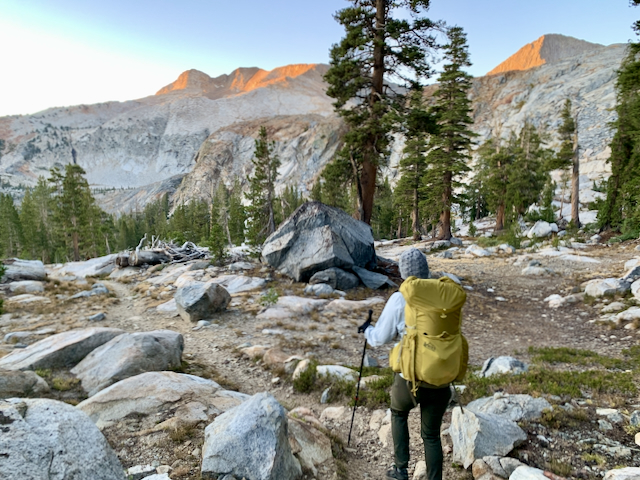When it comes to backpacking, the difference between a great adventure and a nightmare often boils down to one thing: packing. Over-packing can lead to discomfort and exhaustion while under-packing might leave you unprepared for the challenges that lie ahead. To help you make the most of your backpacking journey, we’ve put together the ultimate guide to backpacking essentials. In this article, we will outline what to pack and what to leave behind, ensuring that your backpack is not only lighter but also smarter.
The Art of Efficient Packing
Backpack Selection
Your journey begins with choosing the right backpack. It should be durable, comfortable, and appropriately sized for your trip’s duration. Consider a backpack with multiple compartments, padded shoulder straps, and a comfortable hip belt. This will make your backpacking experience significantly more enjoyable.
Clothing
When it comes to clothing, pack light and practical. The weather can change rapidly in the great outdoors, so layering is key. Opt for moisture-wicking, quick-drying fabrics that can be easily added or removed. Essentials include:
- Lightweight, moisture-wicking shirts and pants
- A warm, waterproof jacket
- Thermal underwear for colder climates
- Comfortable hiking boots
- A wide-brimmed hat for sun protection
Shelter
Your choice of shelter can make or break your backpacking experience. Consider the following:
- A lightweight and compact tent
- A warm sleeping bag appropriate for the season
- A sleeping pad for insulation and comfort
Food and Water
Nutrition is vital when backpacking. Pack high-energy, lightweight, and non-perishable foods. Remember to bring a way to purify water, such as a portable water filter or purification tablets. Water sources in the wilderness may not always be safe to drink.
Leave Behind the Unnecessary
While it’s essential to have the right items with you, it’s equally important to leave behind what you don’t need. Here’s what you can leave behind:
- Excess clothing: Stick to the essentials and avoid packing “just in case” items.
- Heavy cookware: Opt for lightweight, compact cookware or choose no-cook meal options.
- Multiple pairs of shoes: One sturdy pair of hiking boots should suffice.
- Large toiletries: Transfer liquids into small, travel-sized containers to save space and weight.
- Unnecessary gadgets: Minimize electronic devices; you’re here to connect with nature.

Essential Accessories
Don’t forget these small but crucial items:
- Navigation Tools: Maps, a compass, and a GPS device if you have one.
- First Aid Kit: Include essentials like bandages, antiseptic wipes, and pain relievers.
- Multi-tool or Knife: Useful for various tasks, from cutting to food preparation.
- Headlamp or Flashlight: Ensure you’re prepared for low light conditions.
- Fire Starter: Carry waterproof matches or a lighter for emergencies.
Environmental Responsibility
While packing for your backpacking adventure, remember to be a responsible traveler. Follow the Leave No Trace principles by disposing of waste properly, staying on marked trails, and respecting wildlife and vegetation.
Conclusion
The ultimate guide to backpacking essentials is not just about packing light; it’s about packing right. By selecting the right gear, leaving behind unnecessary items, and adhering to the principles of responsible backpacking, you can make your journey into the wilderness a rewarding and memorable experience. Embrace the simplicity of backpacking, connect with nature, and create lasting memories in the great outdoors. Check out Wright On Yachts to fid more tips and information about the ultimate guide to backpacking essentials.





